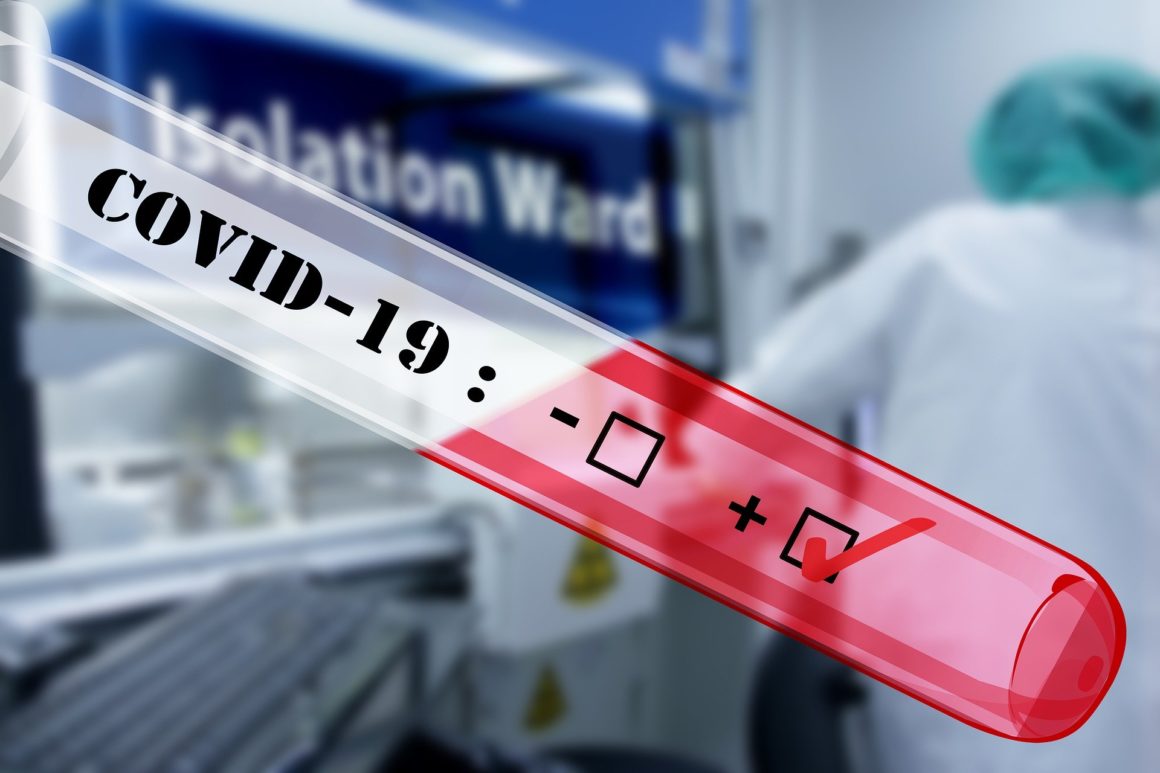Posted at 11:09 a.m.
This article will be updated as more information becomes available.
STATE UPDATES
The Minnesota Department of Health says there have now been 17 deaths from complications of COVID-19, as the total positive cases in the state rose to 689.
According to the daily update, 342 patients have recovered and no longer need to be isolated. Over 21,000 tests have been completed at both MDH and external laboratories.
MDH has added additional information on the likely exposure of all cases, in addition to the age ranges introduced yesterday, which haven’t changed significantly since then.
According to the pie chart, 15 percent of patients likely contracted the disease from international travel. Twenty-one percent were exposed from another patient of COVID-19, three percent were exposed after traveling on a cruise ship, 20 percent were exposed from travel to another state and 30 percent of cases are linked to community transmission. Another nine percent have unknown means of exposure.
Attorney General of Minnesota Keith Ellison says his office has received hundreds of price gouging complaints. The complaints started out with items such as toilet paper and sanitizer and then gravitated to items such as eggs and rice. Price gouging complaints can be submitted online through the Attorney General’s website.
LOCAL UPDATES
A Bemidji Police Department graduate was recognized in a viral post from a Massachusetts doctor who was caught speeding by Trooper Brian Schwartz, who used to be a parking enforcement officer with the BPD.
According to a Facebook post by Dr. Sarosh Ashraf Janjua, Schwartz pulled over Dr. Janjua for driving over the speed limit on I-35.
“When he saw my Massachusetts driver’s license, he asked me what I was doing all the way out in Minnesota, so I told him I travel here every month for my work as a locums cardiologist,” the post reads.
“He went back to his patrol car to look up my license, and when he returned, quite firmly told me it was very irresponsible of me to be speeding, especially since I would not only take up resources if I got into an accident, but would also not be in a position to help my patients.”
Schwartz, upon returning her license, gave her five N95 masks from his own supply provided by the state.
STATEWIDE EXECUTIVE ORDERS
Gov. Walz signed two more executive orders on Tuesday, March 31.
Executive Order 20-25 extends licenses for peace officers, firefighters, and private security personnel. The Order allows professionals on the front lines combating COVID-19 to maintain their licenses and continue supporting Minnesotans during the peacetime emergency.
Executive Order 20-26 extends enrollment dates for current medical cannabis patients that are set to expire over the next several months; allows any patient to request a temporary caregiver so they are able to send someone to pick up medication on their behalf; and allows medical cannabis patients to practice social distancing with curbside delivery and telephone pharmacist consultations. This Order will help keep immunocompromised individuals safe and lessen the burden on busy healthcare providers during the COVID-19 pandemic.
Previous Actions by Gov. Walz and Lt. Gov. Flanagan:
March 27: Gov. Walz signed Executive Order 20-24 providing emergency relief from regulations to motor carriers and drivers operating in Minnesota.
Executive Order 20-23 authorizes Minnesota health-related licensing boards to modify requirements during the COVID-19 peacetime Emergency.
Executive Order 20-22 allows the State Auditor to work with local governments to adjust reporting deadlines for various financial reports.
Executive Order 20-21 amends Executive Order 20-07 to allow constitutional officers to implement leave for both classified and unclassified employees and to reassign and redeploy staff as needed.
March 25: Gov. Walz signed Executive Order 20-20 directing Minnesotans to stay at home.
Executive Order 20-19 authorizes and directs the Commissioner of Education to implement a distance learning period and continue to provide a safe learning environment for Minnesota’s students.
Executive Order 20-18 continues the closure of bars, restaurants, and other places of public accommodation.
March 23: Gov.Walz signed Executive Order 20-17 clarifying application of Executive Order 20-09 to veterinary surgeries and procedures
Executive Order 20-16 directs non-hospital entities to inventory and preserve vital medical equipment during the COVID-19 peacetime emergency
Executive Order 20-15 provides immediate relief to small businesses during the COVID-19 peacetime emergency
Executive Order 20-14 suspends evictions and writs of recovery during the COVID-19 peacetime emergency
March 21: Gov. Walz signed Executive Order 20-13 authorizing National Guard assistance to COVID-19 Response, beginning with transportation and logistics in stockpiling personal protective equipment for health care workers.
March 20: Gov. Walz signed Executive Order 20-12 preserving access to human services programs.
Executive Order 20-11 secures Federal authority to continue human services programs.
Executive Order 20-10 combats price gouging.
March 19: Gov. Walz signed Executive Order 20-09 to delay elective surgeries and procedures in order to conserve health care resources and reduce contact between patients and providers.
March 18: Governor Walz took action to support businesses affected by COVID-19 by announcing a 30-day Sales and Use Tax grace period for businesses identified in Executive Order 20-04.
Executive Order 20-08 clarifies the types of businesses and places of public accommodation subject to closure per Executive Order 20-04. The executive order clarifies that the closure order applies to salons, barbershops, and other similar establishments.
March 17: Gov. Walz signed Executive Order 20-07 providing paid leave for state employees who are not able to work for reasons related to COVID-19 and suspended the waiting period for insurance coverage for new employees.
Executive Order 20-06 exempts vehicles and drivers providing direct assistance for emergency relief efforts in response to COVID-19 from certain regulations including provisions on weight and hours of service.
Ch. 70 S.F. 4334 was signed into law, allocating $200 million toward an emergency and long-term grant program to respond to the needs of health care and long-term care facilities during the COVID-19 pandemic.
March 16: Gov. Walz signed Executive Order 20-05 to strengthen Minnesota’s Unemployment Insurance Trust Fund and ensure that workers who are not able to work as a result of COVID-19 have benefits available. Specifically, this Executive Order waives the employer surcharge and allows the Minnesota Department of Employment and Economic Development to pay unemployment benefits immediately, providing fast relief to employees who need it.
Executive Order 20-04 orders the temporary closure of Minnesota restaurants and bars to dine-in customers. He also ordered the temporary closure of other places of public accommodation and amusement, including theaters, museums, fitness centers, and community clubs.
Executive Order 20-03 was signed to prevent the spread of COVID-19 in Minnesota’s Veterans Homes. This executive order allows Veterans Homes to protect residents and staff by temporarily restricting visitors, reducing the risk of COVID-19 spread among residents.
March 15: Gov. Walz signed Executive Order 20-02 authorizing the temporary closure of Minnesota K-12 public schools to students in order for school administrators and teachers to make long-term plans for the continuity of education and essential services during the COVID-19 pandemic.
March 13: Gov. Walz signed Executive Order 20-01 declaring a peacetime emergency in Minnesota and unveiled legislative proposals to prepare for the COVID-19 pandemic.




